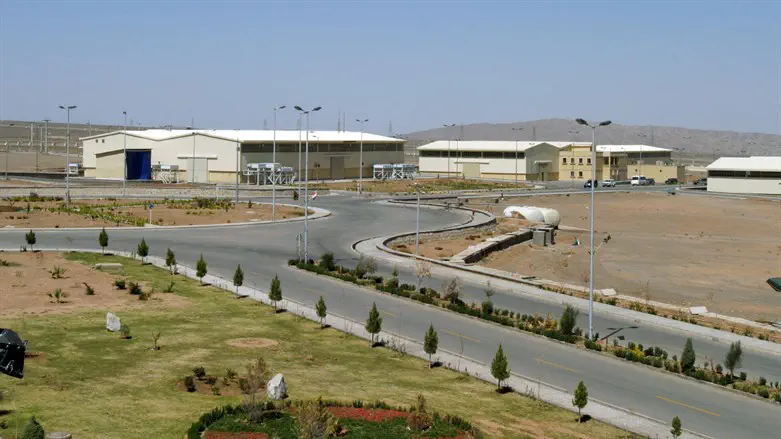
Iran has notified the UN nuclear watchdog of its plans to expand uranium enrichment capabilities by installing additional centrifuges at its Fordow and Natanz facilities and activating machines recently installed there, according to a confidential report by the International Atomic Energy Agency (IAEA) seen by Reuters on Thursday.
The report outlines Iran’s communication with the IAEA about these intentions. However, it notes that Iran has made little progress toward implementing these plans so far, despite its pledge to add thousands of centrifuges following a resolution by the IAEA’s 35-nation board of governors criticizing Iran.
Currently, Iran operates over 10,000 centrifuges at its underground sites in Natanz and Fordow, as well as an above-ground plant at Natanz. The report describes plans to install 32 additional cascades, or groups, of approximately 174 centrifuges each, along with an unprecedented cascade of 1,152 advanced IR-6 centrifuges, according to Reuters.
Notably, the report does not mention Iran’s uranium enrichment to levels as high as 60% purity, which is close to the 90% threshold for weapons-grade material. This omission could indicate a cautious approach by Iran as it prepares for talks in Geneva on Friday with Britain, France, and Germany aimed at reviving dialogue with Western powers.
Before last week’s quarterly IAEA board meeting, Iran proposed capping its stock of uranium enriched to 60% purity, but this offer was reportedly contingent on the board refraining from passing a resolution against Tehran.
Despite the IAEA confirming Iran had slowed enrichment at this highest level and calling it "a concrete step in the right direction," the board passed a resolution, backed by Britain, France, Germany, and the United States, urging Iran to enhance its cooperation with the agency.
The resolution passed last week aims to pressure Iran into negotiating new restrictions on its nuclear program, following the collapse of the 2015 nuclear deal which formally ends in October 2025, even though its terms have been widely breached since the US withdrew in 2018 under then-President Donald Trump.
The Biden administration tried, unsuccessfully, to revive the 2015 deal. The negotiations reached a stalemate in September of 2023, after Iran submitted an unsatisfactory response to a European Union proposal to revive the deal.

